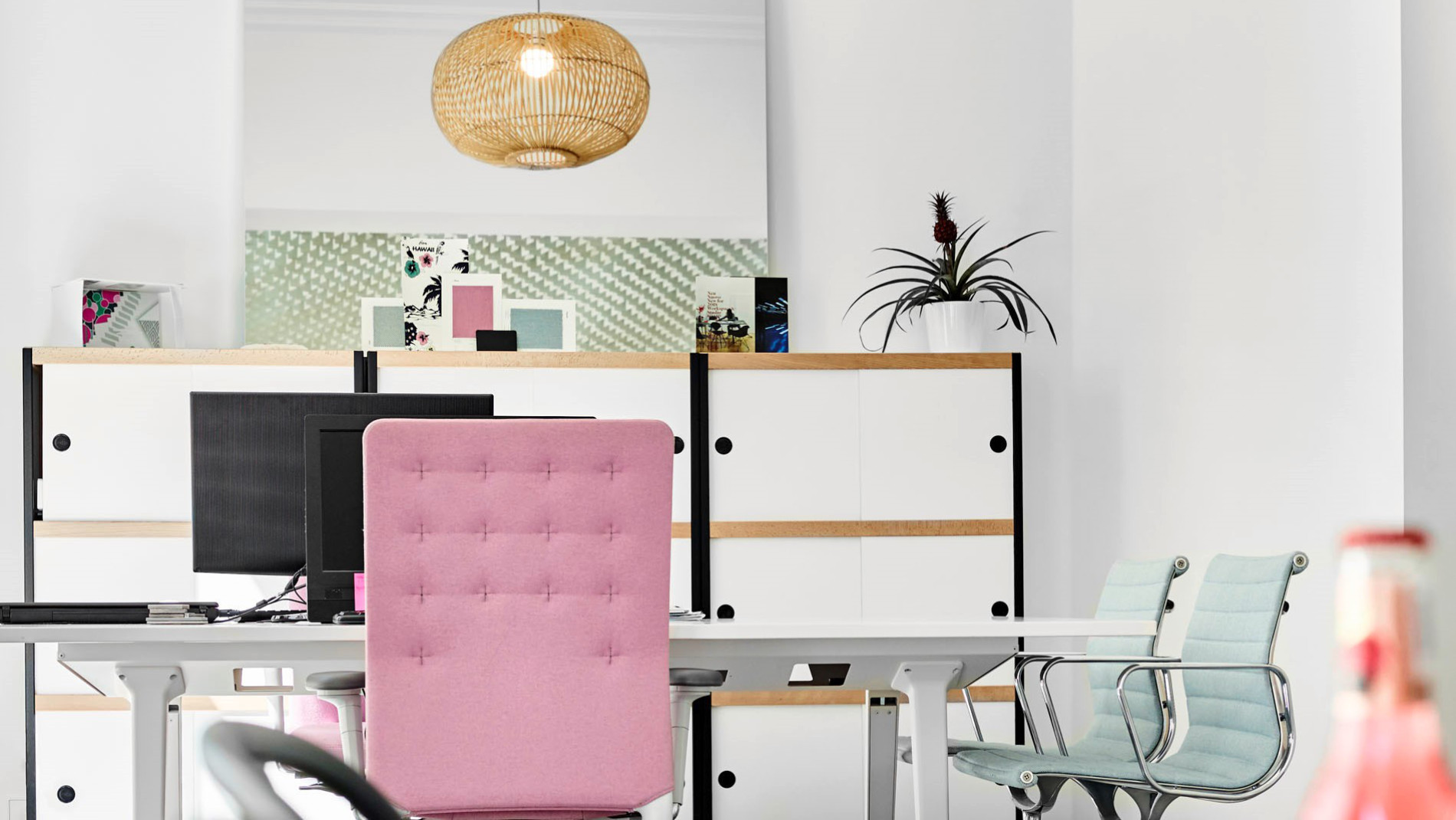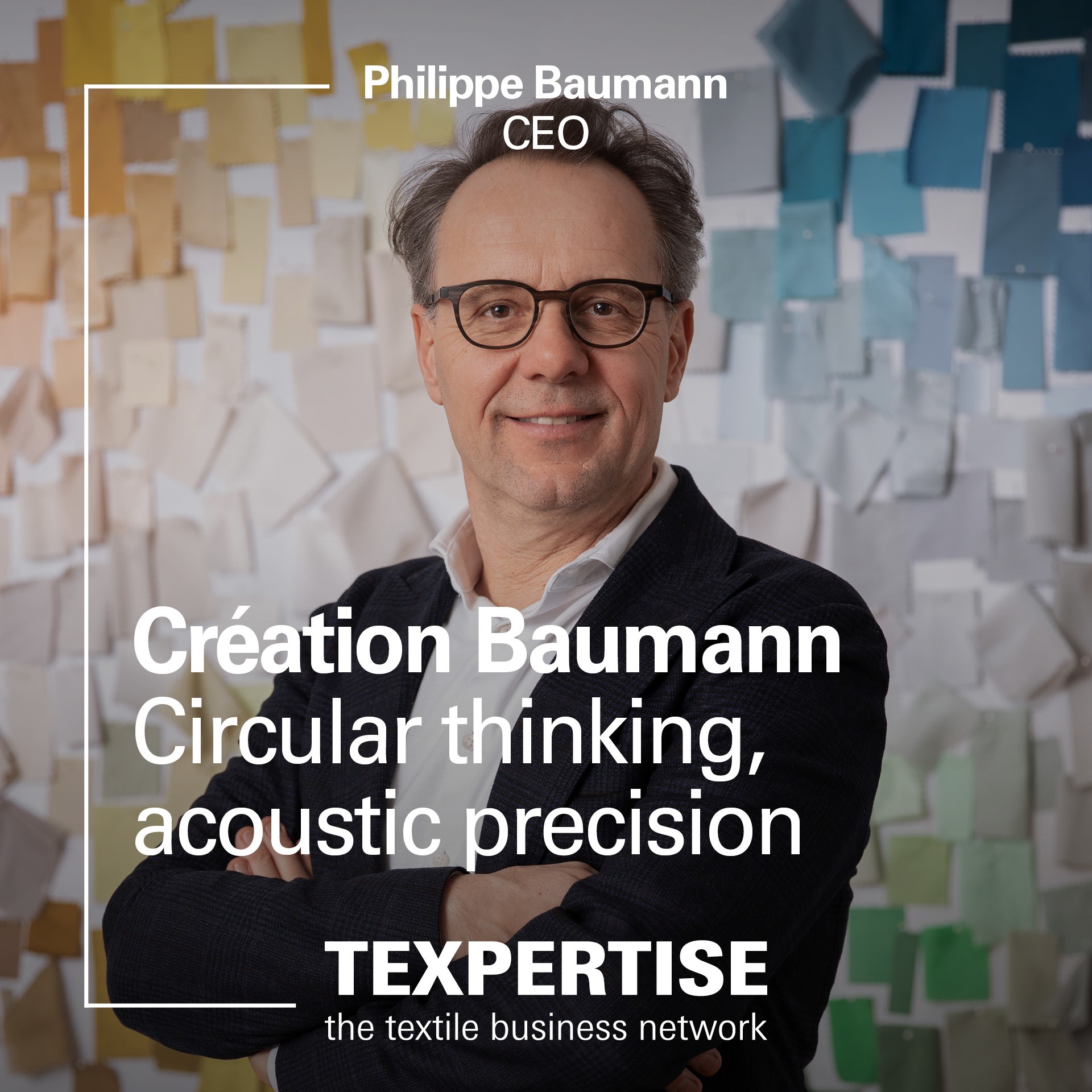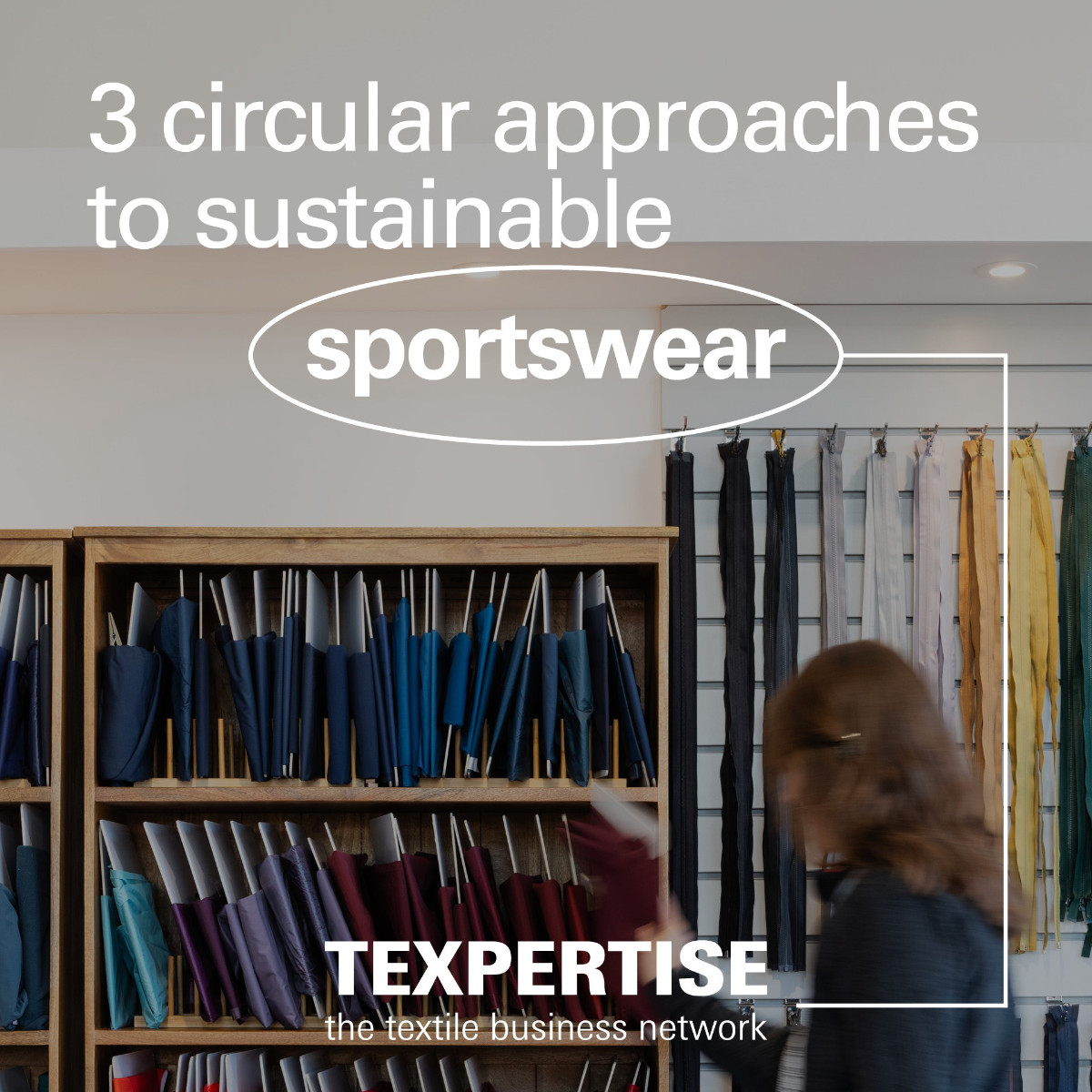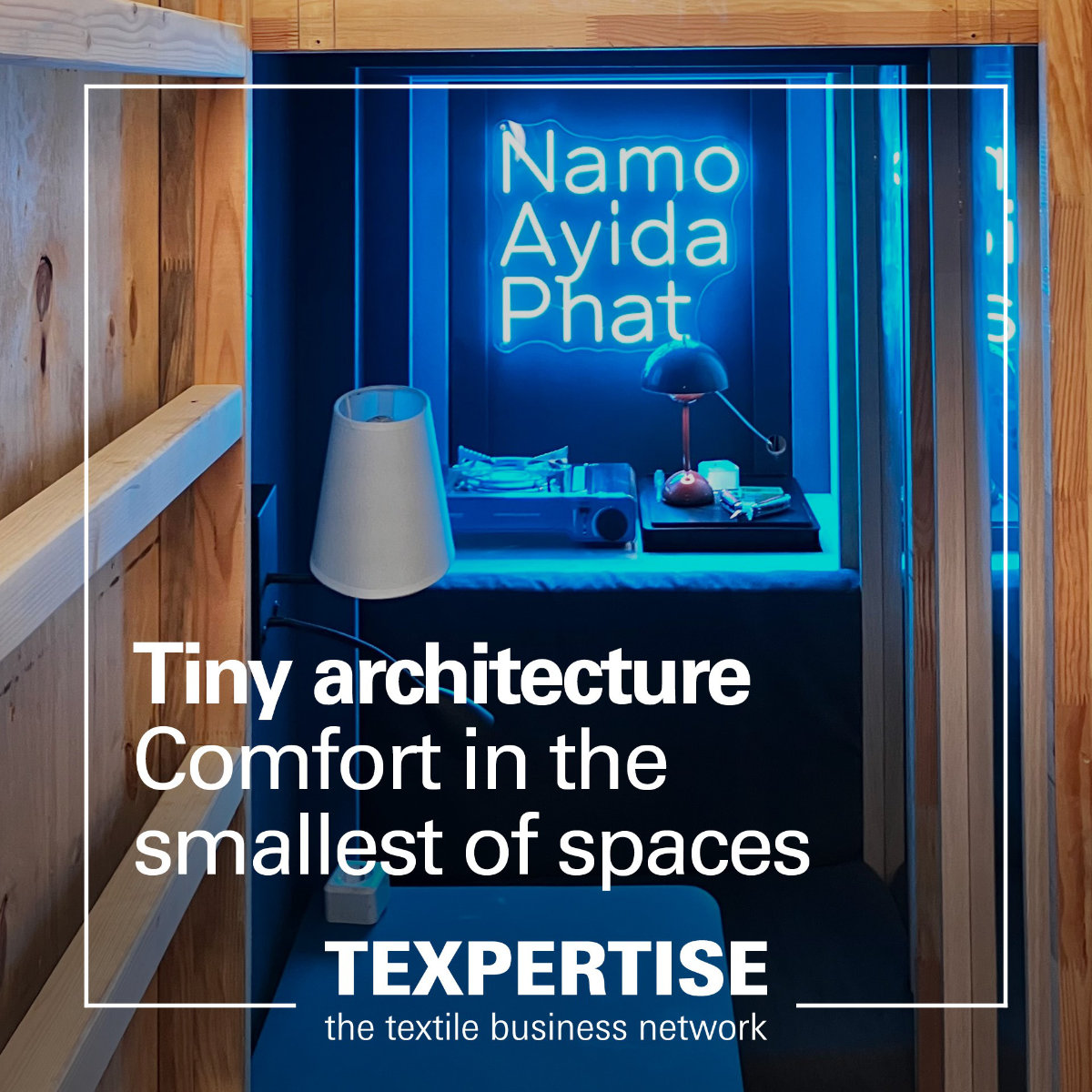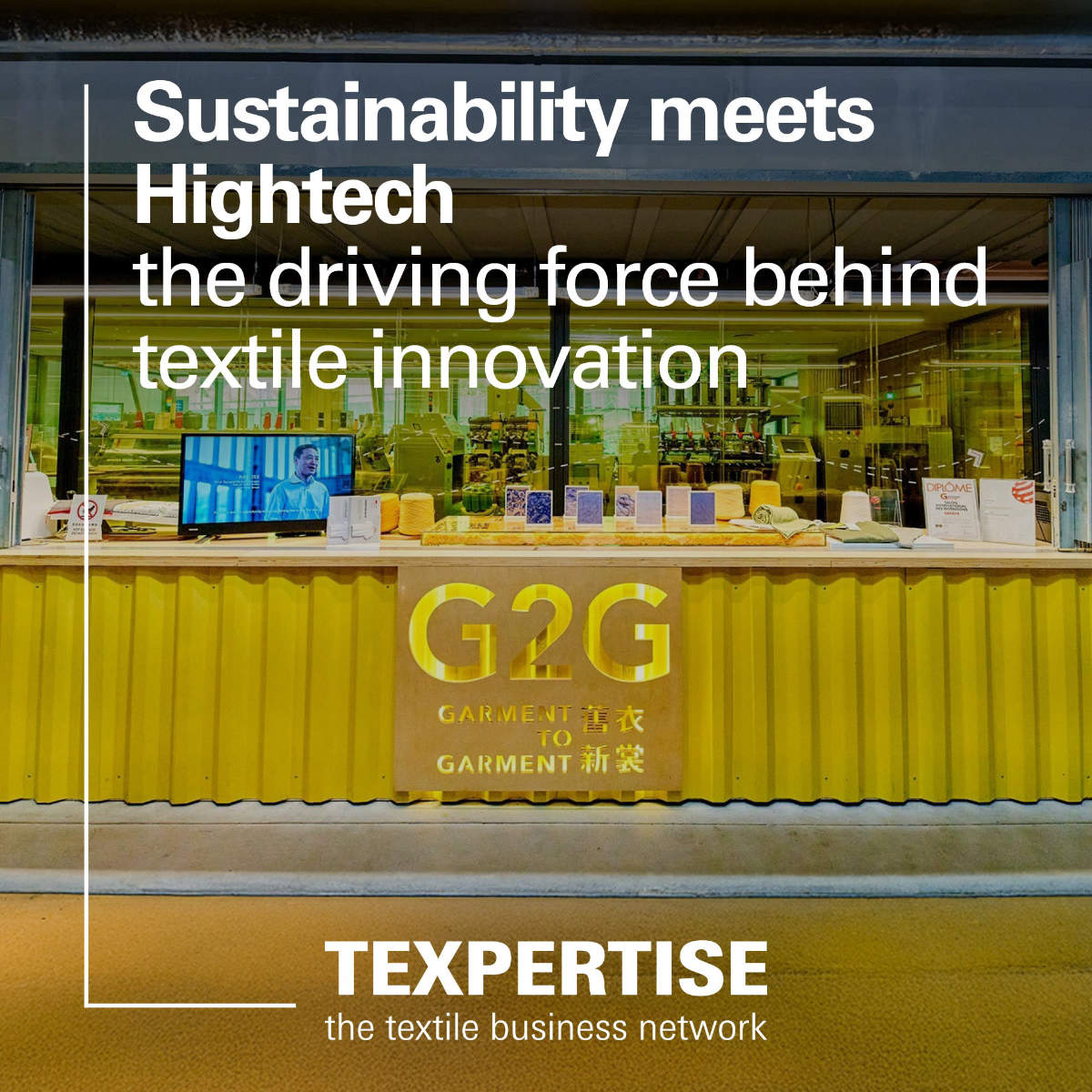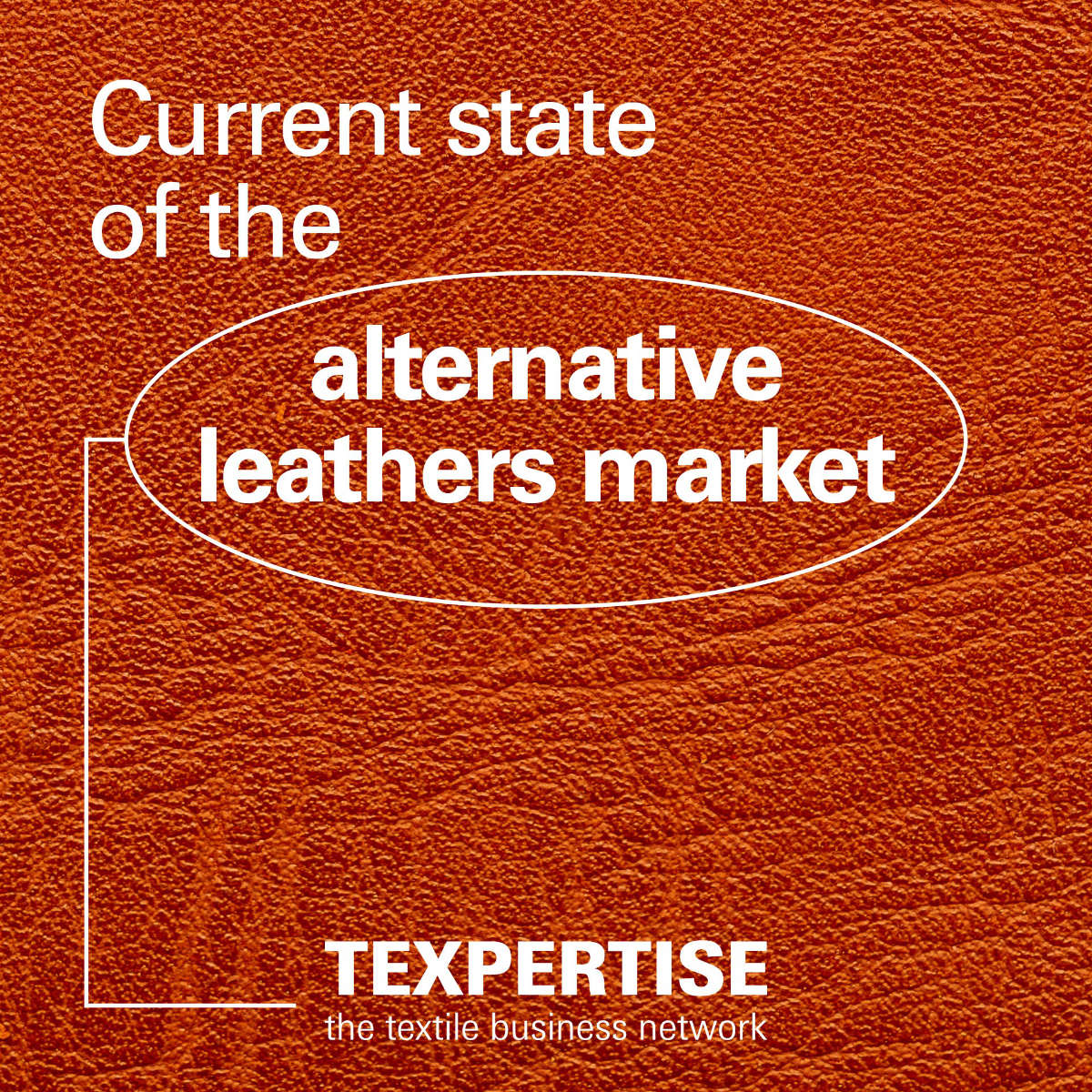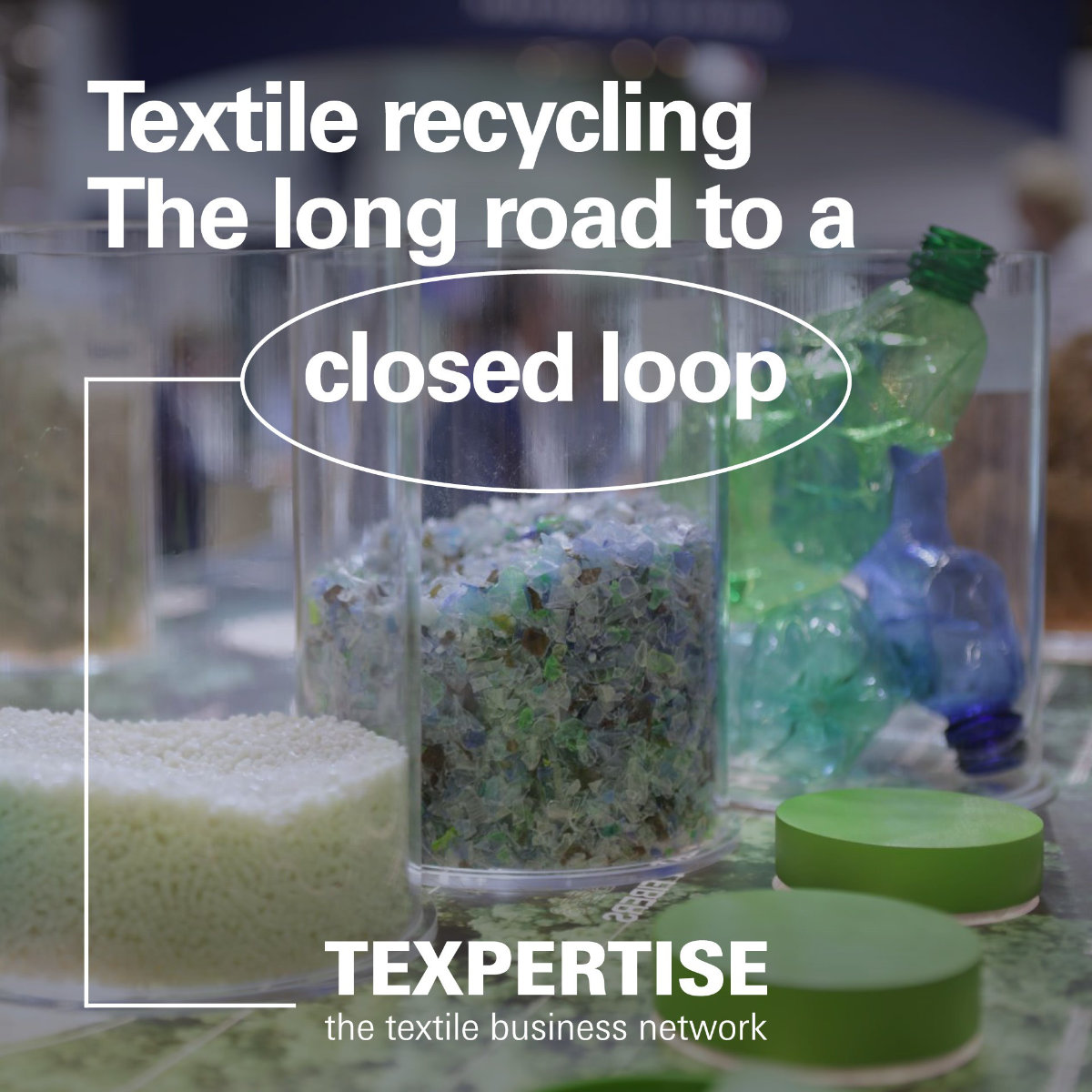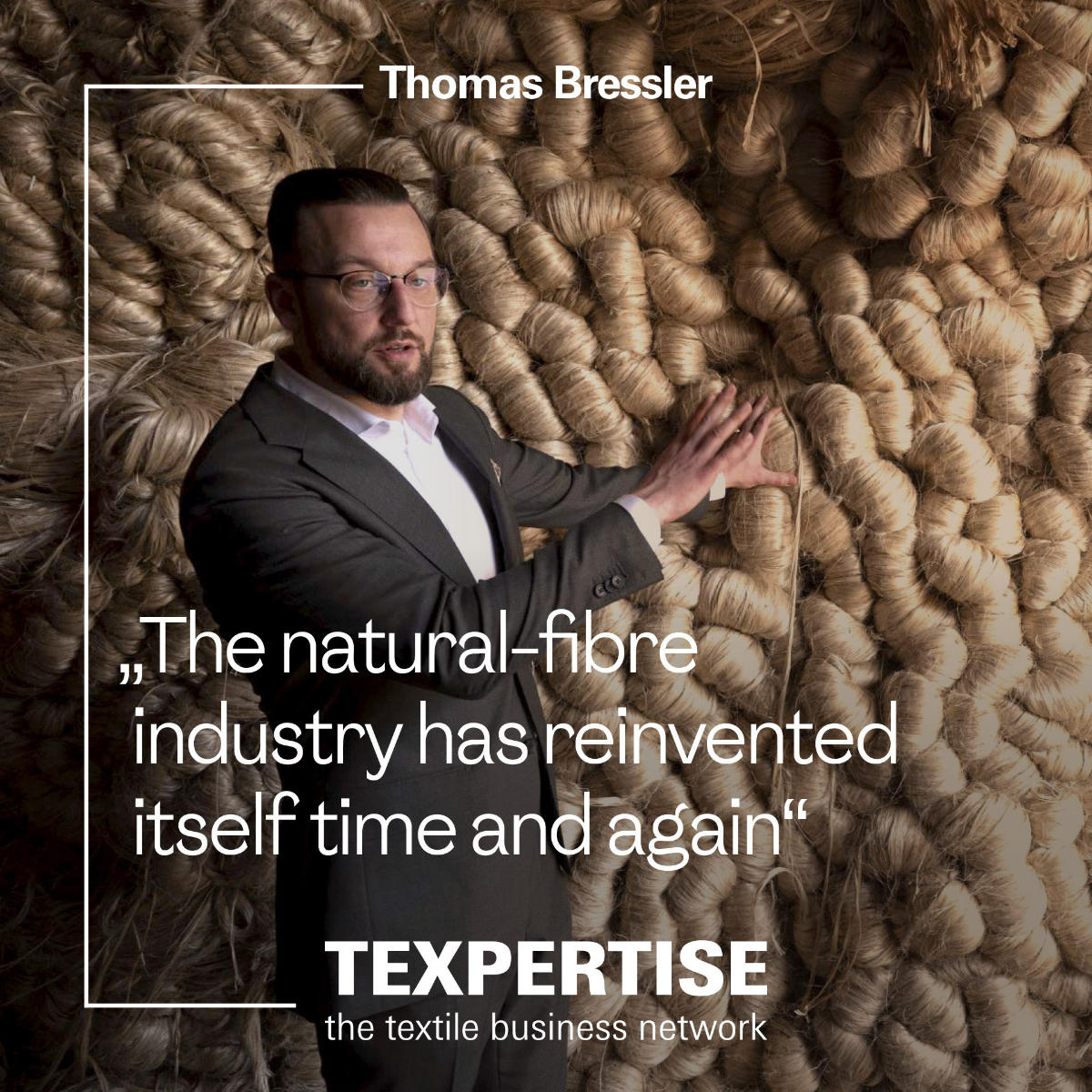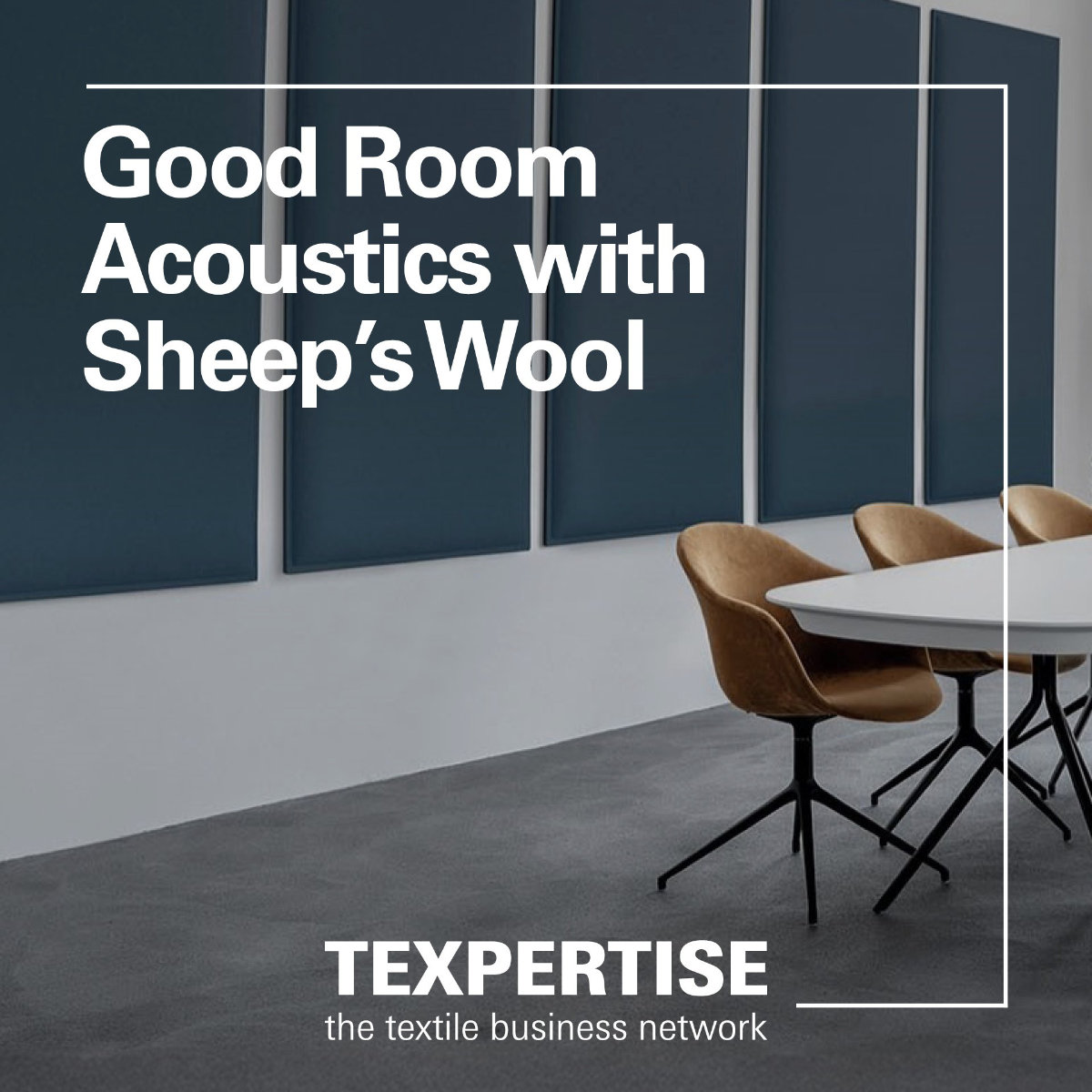Reading time: 3 minutes
- Nature as a blueprint for circular design For the textile industry, this means developing fabrics that are biodegradable or easily separable and reusable – without compromising on aesthetics.
- Quality and longevity as keys to circularity High-quality construction methods – such as stitching instead of glue – enable materials to re-enter the lifecycle. Essential for applications like upholstery, curtains, and textile wall coverings.
- Public spaces require sustainable, robust solutions Durable, circular-friendly materials – like recyclable textiles or long-lasting vinyl flooring – are gaining importance for contract business, supported by evolving regulations and funding initiatives.
In today's rapidly changing world, the concept of abundance in interior design is evolving. Traditionally, abundance in design was characterized by layers of fabrics, diverse materials, and vibrant colors, all contributing to a space full of life and detail. However, as sustainability becomes a priority, the interior design industry is rethinking how to achieve a sense of richness without compromising the environment. Sophie Green sheds light on how the merging of sustainability and abundance can reshape traditional notions and promote a circular future in interior design.
Sustainable abundance: A new paradigm
Abundance traditionally meant more: More materials, more decor, more of everything. But, in the context of sustainability, abundance takes on a new meaning. It involves using existing resources more efficiently and creatively. Nature offers a blueprint for this shift. Trees and flowers burst into life in spring, yet their materials cycle through the seasons, eventually returning to the earth. By emulating nature, designers can create interiors that are abundant in aesthetic but resource-smart, focusing on materials that can re-enter the cycle.
Designing for a circular future
Key to circular design is the selection and assembly of materials. Green emphasizes the need for quality over quantity, advising against the use of materials that are difficult to reuse or recycle. Longevity is crucial for circular design, as is the method of assembly – preferring nails or wool stuffing over glue whenever possible.
Challenges in public spaces

Implementing sustainable, circular design in public buildings presents unique challenges. Public spaces require durable materials, while legal regulations can limit design flexibility.
Vinyl flooring, for example, can offer a sustainable solution in public buildings when maintenance and life cycle costs are taken into account. Although current regulations still make it difficult to reuse certain building components – such as fire-rated doors – initial legislative developments are pointing toward better integration of circular principles in the future.
Policies and innovations for a sustainable future
Policy plays a vital role in driving the interior design industry toward sustainability. Regional and local regulations significantly influence how quickly change can be implemented. According to Green, grassroots initiatives inspired by movements like the "New European Bauhaus" are also promising, as they promote local innovation.
It is essential that political measures operate both top-down and bottom-up – enabling architects and designers to see sustainability not as a limitation, but as an opportunity.
Future trends in circular design
Looking ahead, Sophie Green identifies several critical trends that will shape the future of circular design. The way materials are sourced and assembled remains crucial, along with ensuring they are of high quality and sourced responsibly. The question of what happens to materials post-use is equally vital, underlining the importance of sustainable practices that extend beyond their initial application.
In conclusion, the path to sustainable abundance in interior design lies in creative, thoughtful approaches to materials and assembly. As the industry evolves, embracing circular principles will not only redefine abundance but will also pave the way for a more sustainable, innovative future in interior spaces.
